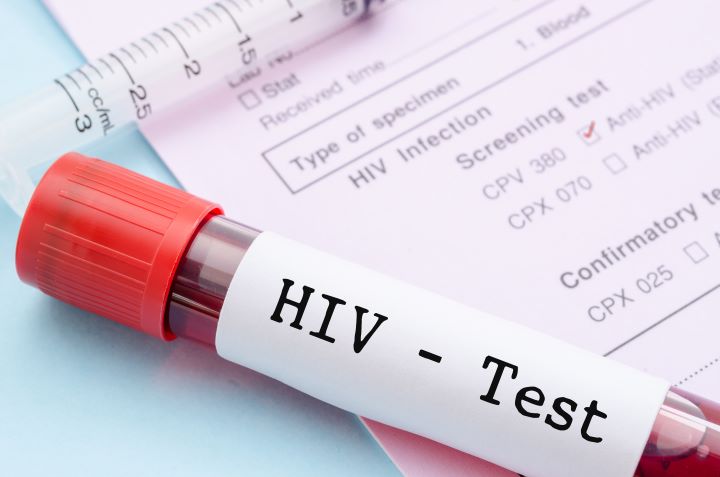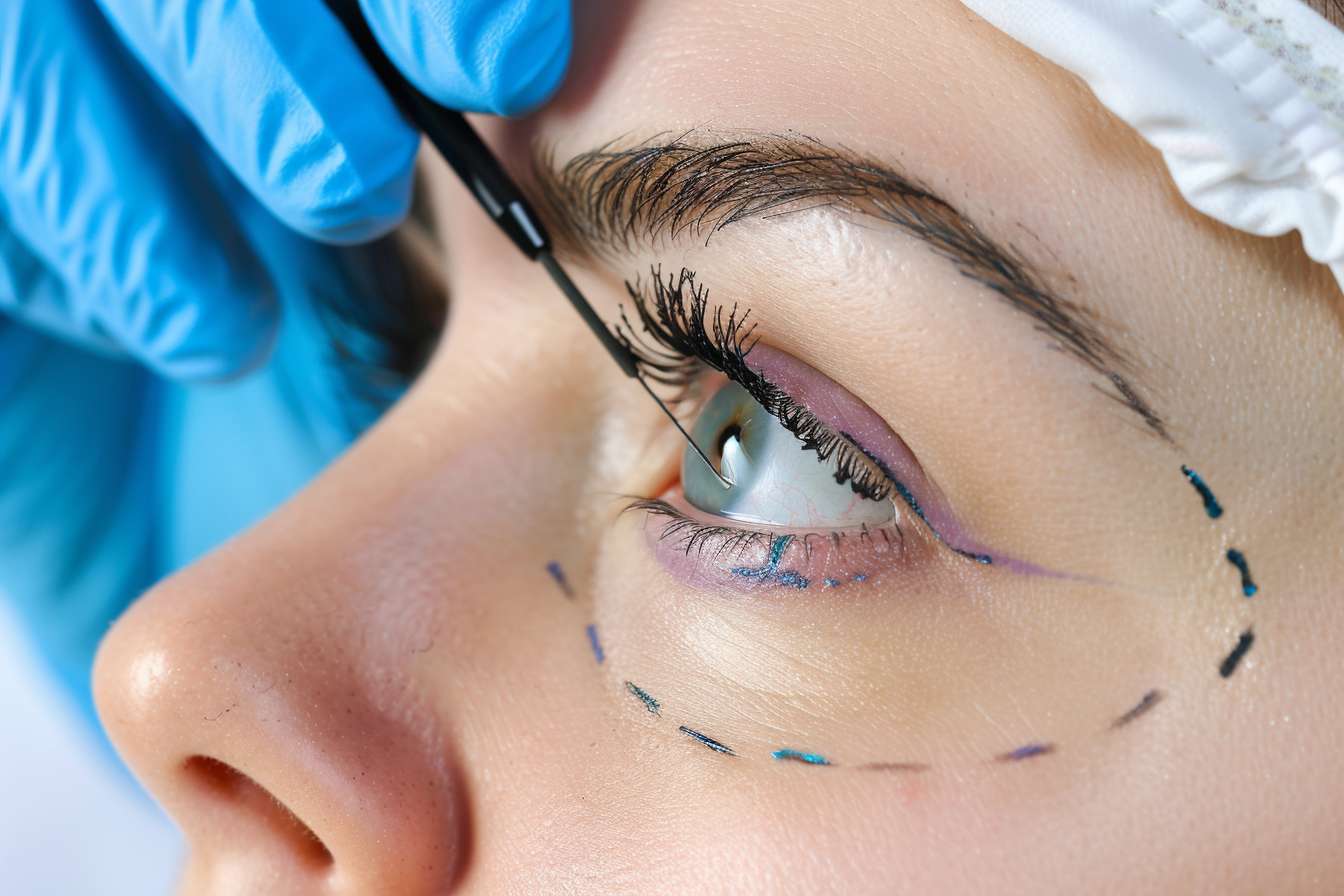Macular Degeneration Breakthroughs: New Medications Offering Hope for Vision Preservation
In a promising leap forward for vision health, scientists have unveiled groundbreaking treatments for macular degeneration that may transform how this sight-stealing disease is managed. New medications are now showing significant potential to slow or even halt vision loss, offering renewed hope to millions of individuals affected by this progressive eye condition. These breakthroughs could mark a new era in preserving eyesight and improving quality of life for patients around the world.
What Is Macular Degeneration and Why Is It So Serious?
Macular degeneration, particularly age-related macular degeneration (AMD), is a progressive eye disease that affects the macula, the part of the retina responsible for sharp central vision. It typically impacts people over 50 and can lead to significant vision loss. While it doesn’t cause complete blindness, AMD severely limits activities like reading, driving, and recognizing faces. With an aging population, AMD is now one of the leading causes of vision impairment in the United States.
Breakthrough medications are redefining the treatment landscape for macular degeneration.
Over the past decade, scientists have made major progress in understanding AMD’s causes, particularly the role of abnormal blood vessel growth and inflammation. This research has led to the development of anti-VEGF drugs (vascular endothelial growth factor inhibitors), which slow or stop abnormal blood vessels from forming in the eye. Medications such as aflibercept (Eylea) and ranibizumab (Lucentis) have become widely used, helping many patients preserve their vision longer than ever before [1].
Now, newer medications are emerging to offer longer-lasting effects with fewer injections. Faricimab (Vabysmo), approved by the FDA in 2022, is the first dual-pathway inhibitor, targeting both VEGF and angiopoietin-2 to reduce disease activity more effectively. Clinical trials have shown it can extend treatment intervals up to 16 weeks for some patients [1].
Scientific innovation is unlocking new ways to preserve vision and slow disease progression.
Beyond anti-VEGF therapies, researchers are exploring gene therapies, complement inhibitors, and stem cell treatments. One promising drug, pegcetacoplan (Syfovre), became the first FDA-approved treatment for geographic atrophy, the advanced “dry” form of AMD, in 2023 [1]. It slows the growth of atrophic lesions, providing an option for a patient population previously without pharmaceutical solutions.
Another innovation includes investigational gene therapies that introduce DNA into eye cells to produce therapeutic proteins continuously—potentially reducing or eliminating the need for frequent injections. These novel approaches are still in trial phases but are showing promise in early results.
Emerging therapies aim to halt the advance of macular degeneration before permanent vision loss occurs.
Prevention and early intervention are becoming central in AMD care. Genetic testing and retinal imaging now allow for earlier diagnosis and risk stratification. This supports a shift toward proactive treatment—delaying disease progression before significant vision loss sets in.
New therapies in clinical pipelines are also focusing on inflammation control, mitochondrial protection, and retinal regeneration. While some of these are years away from approval, they signal a broader commitment within the scientific community to treat AMD not just symptomatically, but at its biological roots.
How AMD Patients in the U.S. Can Support Their Eye Health
- Regular eye exams are key to early detection—especially for individuals over age 50 or with a family history.
- Lifestyle changes, such as quitting smoking and maintaining a balanced diet rich in leafy greens and omega-3s, have been linked to lower AMD risk.
- AREDS2 supplements, containing vitamins C, E, zinc, copper, lutein, and zeaxanthin, may help slow progression in intermediate cases.
- Low-vision aids, like magnifiers and adaptive technologies, can help patients maintain independence and quality of life.
- Participation in clinical trials may offer access to cutting-edge therapies and contribute to scientific advancement.
Real Products and Cost Comparison for AMD Treatment in the U.S.
Below is a snapshot of available treatments for macular degeneration and the average cost patients might expect. Note that actual pricing varies based on insurance coverage, location, and provider contracts.
| Product/Service | Provider | Cost Estimation |
|---|---|---|
| Eylea (aflibercept) | Regeneron Pharmaceuticals | $1,850–$2,100 per injection |
| Lucentis (ranibizumab) | Genentech | $2,000–$2,300 per injection |
| Vabysmo (faricimab) | Genentech | $2,200–$2,400 per injection |
| Syfovre (pegcetacoplan) | Apellis Pharmaceuticals | $2,200–$2,500 per injection |
| Beovu (brolucizumab) | Novartis | $1,800–$2,100 per injection |
Prices, rates, or cost estimates mentioned in this article are based on the latest available information but may change over time. Independent research is advised before making financial decisions.
Are There Any Affordable or Alternative AMD Treatments?
For those concerned about the high cost of injections, some providers offer compounded off-label alternatives like bevacizumab (Avastin), which is significantly less expensive—typically under $100 per dose. Though not FDA-approved for AMD, many ophthalmologists use it due to comparable effectiveness in certain cases and much lower cost [1]. However, individual response can vary, and risks should be discussed with a retina specialist.
Patients may also explore financial assistance programs through manufacturers, nonprofit organizations, or Medicare and Medicaid support for eligible individuals. It’s essential to speak with an eye care provider or medical social worker to learn what programs are available.
The Future of AMD Treatment and Hope for Patients
While no cure for AMD exists yet, today’s advancements represent a significant shift in how the condition is managed. With earlier detection, more effective drugs, and innovative approaches on the horizon, there is real hope for preserving vision longer. Continued clinical trials and scientific breakthroughs will likely bring even more refined treatments in the years ahead—making a once-hopeless diagnosis increasingly manageable.
This article is for informational purposes only and should not be considered medical advice. Please consult a qualified healthcare professional for personalized guidance and treatment.
Ovaj je članak isključivo informativne prirode i ne predstavlja medicinski savjet. Za individualne preporuke i liječenje obratite se kvalificiranom zdravstvenom djelatniku.
The shared information of this article is up-to-date as of the publishing date. For more up-to-date information, please conduct your own research.





